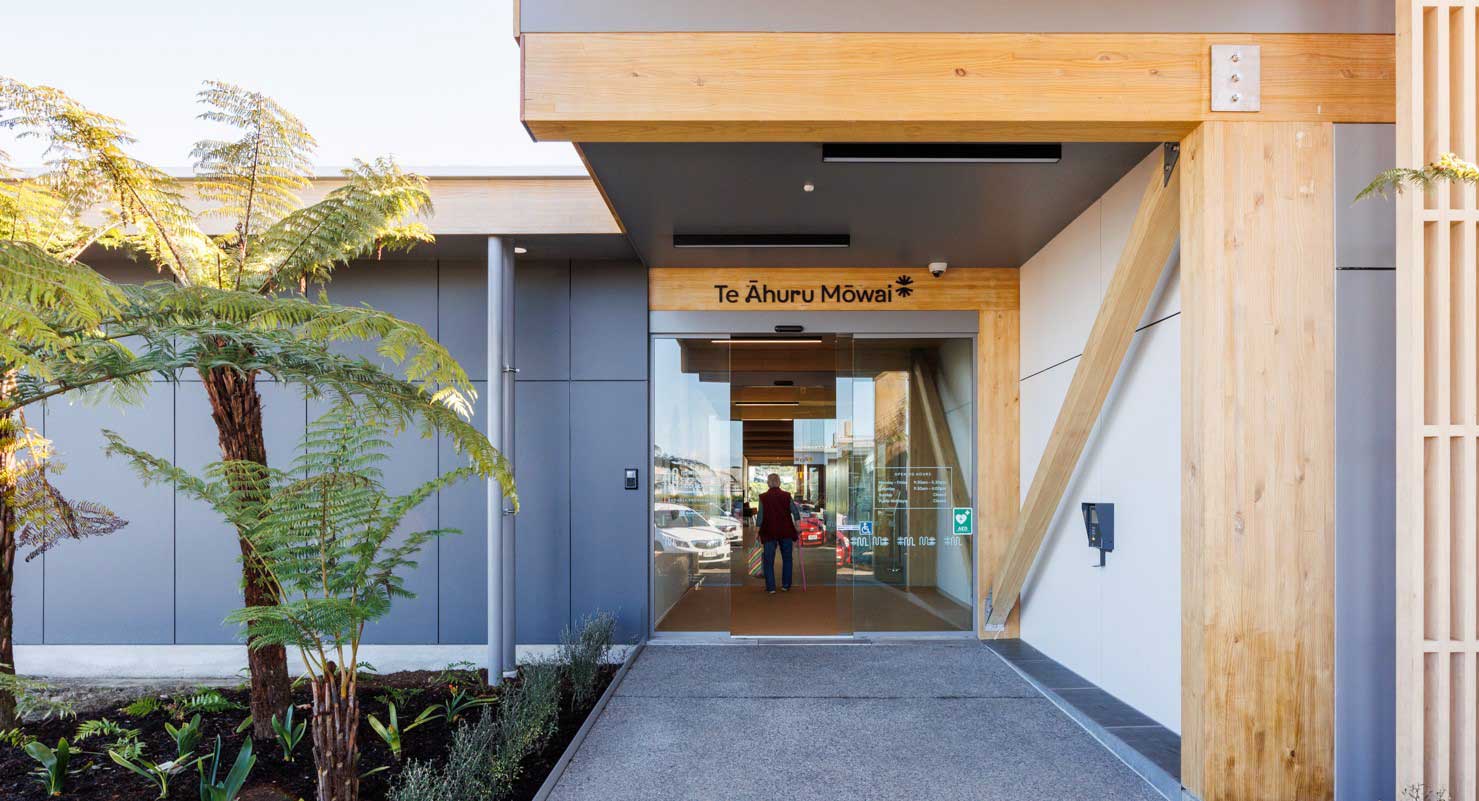Building political and community support for open+: a conversation with EveryLibrary
Bibliotheca recently spent some time speaking with John Chrastka, founder of EveryLibrary, about the political implications of implementing the open+ solution. As a political action committee dedicated to furthering the mission of libraries, EveryLibrary is solidly in support of increasing library access through the open model. Here’s what John has to say about building a coalition of support for open access in communities across the nation.
The open library model has been in use throughout Europe for over a decade, offering library patrons additional access to their library’s space, materials, and resources, and in turn, making these libraries more convenient, accessible and valued by their communities. Only recently have the technological solutions for open library access become widely available in North America. Innovative library leaders across the continent are eager to close the gap and provide their users with the same service and accessibility as their European counterparts, but figuring out how to start a conversation about this new concept with library staff and community stakeholders can be daunting.
As with any new technology or service model, misconceptions about the purpose, value, and logistics of open libraries abound. Implementing an open library solution requires support from key stakeholders both within and outside the library, and garnering that support requires honest conversations about a community’s goals and values. Here’s how to start.
Get clear about the purpose of an open library
Are you looking to the open library model to expand your library’s current success or to fix a failure? The answer to this question will frame the conversations you have with users and stakeholders. Expanding access to an already popular collection, or reaching into new communities that are not yet big enough to support a fully staffed branch is extending your success. Overcoming a budget cut or financial challenge in order to keep a branch open and prevent a literacy desert is fundamentally about fixing a failure. It is important to share why you are considering an open library solution in an honest and open way. Either frame for communicating with stakeholders is possible, but only one is the real reason. Be sure to be consistent in your messaging.
A common misconception about open libraries is that they use technology to replace staff. This is not the case. Though the open library model allows self-service access to library spaces and materials during unstaffed hours, an open library is not, and never will be staff-less. Librarians and staff are the heart and soul of any library. Open access solutions use technology to fully leverage the staff that is available. In thriving branches, this means more time for programming and outreach; in struggling branches, leveraging available staff permits branches to stay open and provide critical services. In both cases, staff are not being replaced; they’re being put to work on higher-value interactions and meet community needs.
Librarians and staff must understand that an open access model is not the abandonment of a branch but instead an opportunity to provide improved outreach services and programs to the people in high-need areas. Once the staff embraces this reality, they are the best ambassadors for the initiative – everyone trusts their librarian.
Engage users and nonusers in the conversation about open access
Once you’ve established why you’re considering an open library solution, it’s time to survey the community, explain what you are considering and ask for feedback. Selling users on the benefits, once they understand that the open library model doesn’t eliminate their favourite librarian, is pretty straightforward. It’s simply a matter of explaining what they get – extended hours, more programming, etc.
However, these conversations need to happen not just with library users, but also, critically, with non-users. These conversations need to move beyond the transactional, “You want; you get,” into a discussion about personal value systems and closely held beliefs. Libraries, funded as they are through public monies, are a physical expression of a community’s values, a representation of who they want to be and what they believe. Any conversation about extending, revitalising, or protecting library services should be framed within the context of how such an initiative strengthens and supports the values of the community at large.
As library people, we like to believe that everyone would use their local library if only they knew what was offered, or if the hours or location were convenient. This is simply not true. There are people who have no use for the library whatsoever. Unfortunately, some of these people are the key stakeholders, decision-makers, and funders needed to move the project forward. They won’t agree to a new approach to library services without you helping to connect the open library model with their hopes for their community.
Build a coalition
Surveying and discussing the open library model offers an excellent opportunity to build a coalition with other organisations, agencies, and stakeholders that serve the same populations you serve or who are invested in the same community as your library. Building relationships with these other organisations not only garners support for your project but also opens doors for future partnerships for programming and services.
What solutions are you trying to deliver that nonusers also care about? Look for other groups that share your passion for early education, lifelong literacy, or access to the materials that build an interesting, thriving, and prosperous community and solicit their endorsements.
Consider your vocabulary
Librarians, on the whole, tend to be a politically progressive bunch. However, your decision makers, funders, and stakeholders may not be. The vocabulary you choose when discussing the open library model can make the difference between getting the support you need and causing unnecessary political tension.
Concepts like “access” and equity are familiar in a progressive setting. Libertarian audiences respond more positively to discussion about lowering barriers to make a limited government service available to maximum benefit. Likewise, more conservative stakeholders need to hear that the open library model will be managed within a structure and a set of policies that ensures the library will not be misused.
Start early
Building support for a new initiative, especially one that involves new technology and a new service model, takes time. Conducting surveys, holding conversations, and building alliances can take upwards of 18 months. It’s critical to start as early as possible and move forward with gusto.
Open access solutions, such as Bibliotheca’s industry-leading open+, can be installed in a matter of weeks. Once implemented, consider offering just a few open access hours, perhaps in the mornings, in order to refine internal policy and workflows and build the comfort level of all stakeholders. Starting quickly, on a small scale, allows you to move forward with momentum and showcase success, while partnerships are built and enthusiasm for the open library model grows.
You may also like
Insights + Trends

Groundbreaking access: open+ in Manawatū Community Hub Libraries, New Zealand
Extended library access that is highly-used and applauded by the community.

Seamless Innovation: How Bibliotheca Transformed Library Services at the University of Manchester
Bibliotheca’s innovative library solutions have seamlessly integrated into the University of Manchester’s systems, enhancing accessibility and improving student experience.

Self-service by the sea: selfCheck 500 in Kaipara District Libraries, New Zealand
Refresh a branch using modern library self-service technology, utilise selfCheck 500 to help the tiny library team streamline workflow

